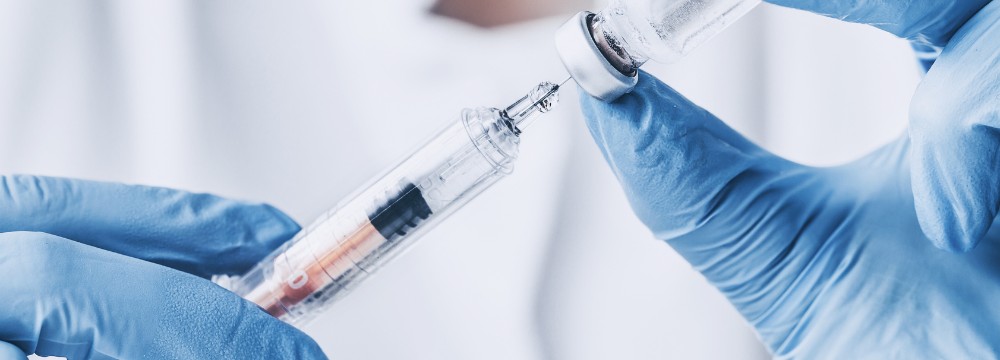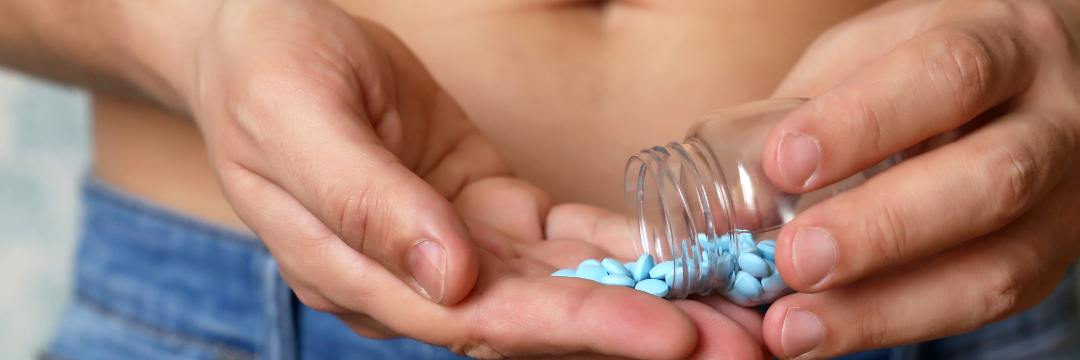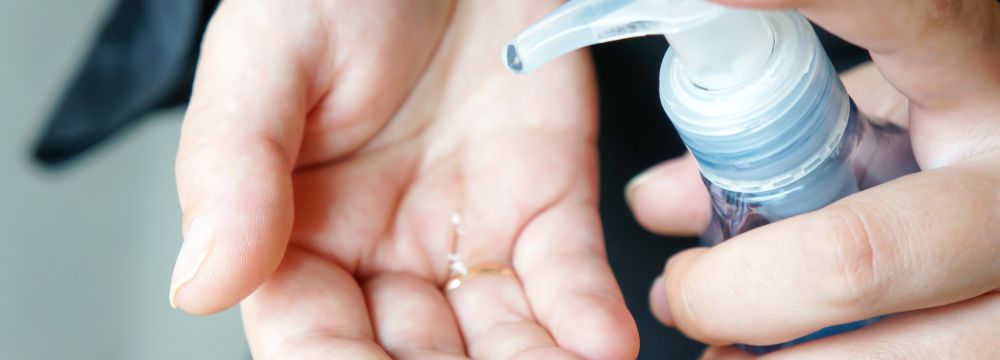
One of the things that we urologists learn very shortly after starting to treat patients is that very few of the major diseases and conditions we treat are straightforward. What do we mean by that? These conditions are complex and often multifactorial, meaning that every patient that comes into our office is different, and we must think creatively when determining a treatment plan. Case in point – three of the most common conditions that we treat – Erectile Dysfunction (ED), Peyronie’s Disease (PD), and Low Testosterone (Low T). You’ve undoubtedly seen dozens of advertisements and commercials in print and TV for each of these conditions. After all, they are not only prevalent concerns but are often ignored either because of embarrassment or because men believe they can push through the symptoms. However, these three conditions are not only disruptive to many men’s lives but may also be linked to one another in the cause, and some even share treatment possibilities.
Before we jump in, let’s quickly define what each of these conditions entails:
Erectile dysfunction or ED is the inability to get or maintain an erection suitable for pleasurable sexual intercourse. ED affects millions of men, and while age is a significant factor, men can suffer from it at virtually any age. Typically, we see fewer young men seeking out early treatment for ED because they believe they can work through it or because they are ashamed of their condition. However, these very men have the most to gain from a full sex life.
Peyronie’s Disease or PD is an abnormal and severe curvature of the penis. We believe that the most common cause of Peyronie’s disease is plaque and scar tissue buildup because of injury to the penis, often caused during sex. While some cases of PD spontaneously resolve and others remain at bay, some patients will experience progressive worsening of their PD, necessitating treatment.
Low Testosterone or Low T is a hormonal condition in which a man’s body does not produce sufficient testosterone and can lead to various systemic deficiencies in the body. Many men’s clinics and online services purport to treat Low T, but only a qualified men’s health specialist can offer comprehensive treatment options.
Can Low Testosterone & Peyronie’s Disease Cause ED?
The short answer is that Erectile Dysfunction can be exacerbated by Peyronie’s Disease and Low T. Testosterone, of course, is a sex hormone. Insufficient levels can reduce a man’s sex drive. Similarly, the pain or embarrassment associated with Peyronie’s Disease can have a significant psychological effect on a man’s sex life, forcing them to avoid sex entirely.
Can ED or Low Testosterone Affect Peyronie’s Disease?
Erectile Dysfunction and Low Testosterone do not seem to have a direct causative relationship with Peyronie’s Disease. However, side effects of either condition can cause the development or worsening of Peyronie’s Disease. How? Both ED and Low Testosterone can cause difficulty maintaining an erection and thus reduce penile rigidity. A less rigid penis is susceptible to injury during sex, and this injury can ultimately lead to PD.
Can Ed or Peyronie’s Cause Low Testosterone?
ED and Peyronie’s do not seem to cause Low Testosterone as they don’t affect the hormonal system. However, as mentioned above, Low T may influence ED and PD.
It is clear, therefore, that these three conditions have a complex interplay between them. All three can also cause physical and psychological changes in men that can make their lives, particularly their sex lives, far less pleasurable. As such, when we evaluate a man for any one of these conditions, we keep an open mind as to other potential issues that may be ongoing concurrently. Some of our treatments can help with more than one condition:
- Penile implants can treat both Erectile Dysfunction and Peyronie’s Disease. The penile implant, while primarily used for those suffering from ED, can also straighten a severe curvature of the penis that has not responded to injections or medication.
- Testosterone therapy may also improve Erectile Dysfunction. If low T is symptomatic, hormone replacement therapy may eliminate many systemic issues and improve a man’s sex life by enhancing their erection.
- Viagra, known as sildenafil, is best known as a treatment for Erectile Dysfunction. However, a 2014 study also showed that there might be a benefit to patients with Peyronie’s Disease. The study was by no means conclusive, but it does give us food for thought.
Of course, with all this discussion about treatment, we cannot discount the role of our minds and bodies in helping many common conditions. Any psychological considerations like anxiety and depression must be ruled out as causes before treatment. Further, improving one’s general health through diet and exercise is critical to long-term sexual health. Once again, speaking to a qualified men’s health specialist like Dr. Natale is truly the best way to get the complete picture of your medical circumstances and start the most appropriate and conservative treatment possible.









